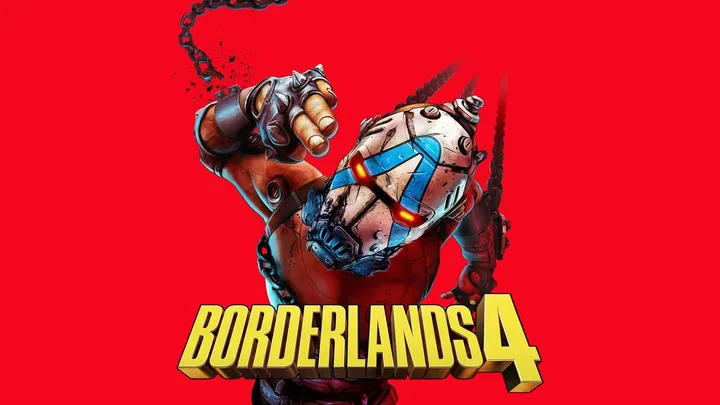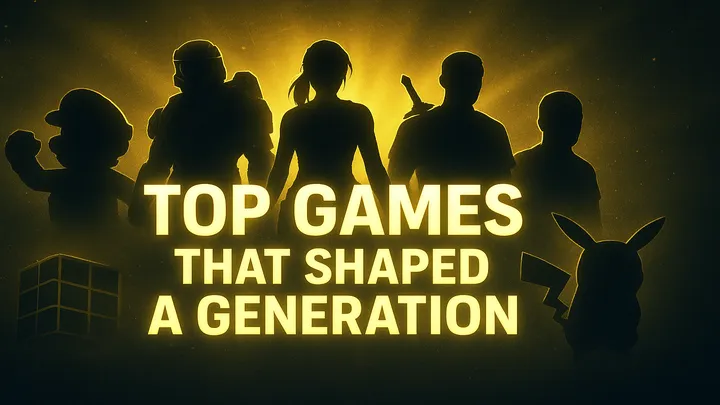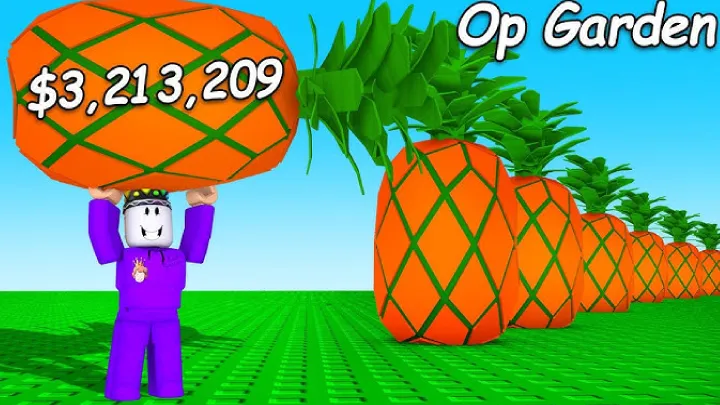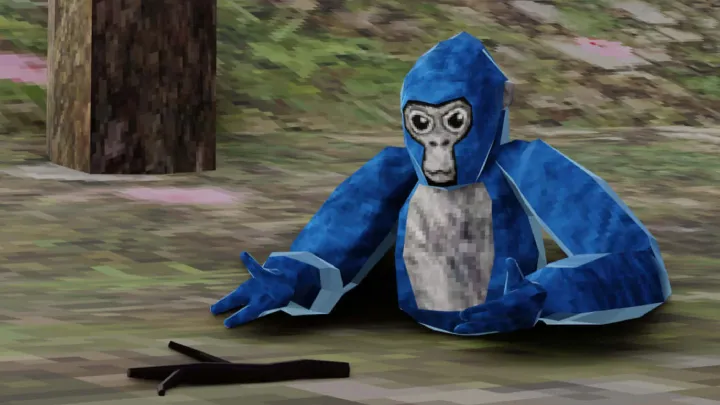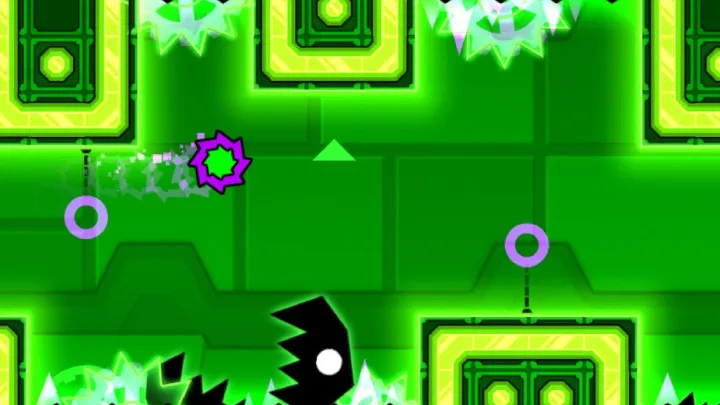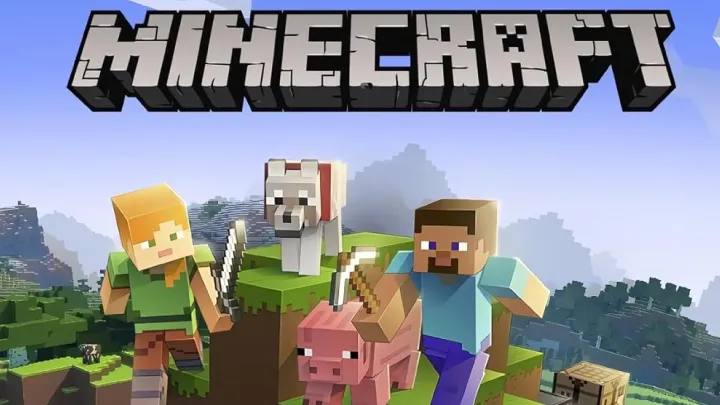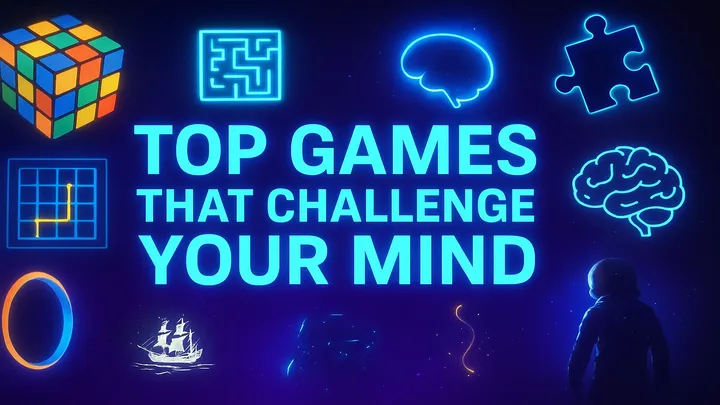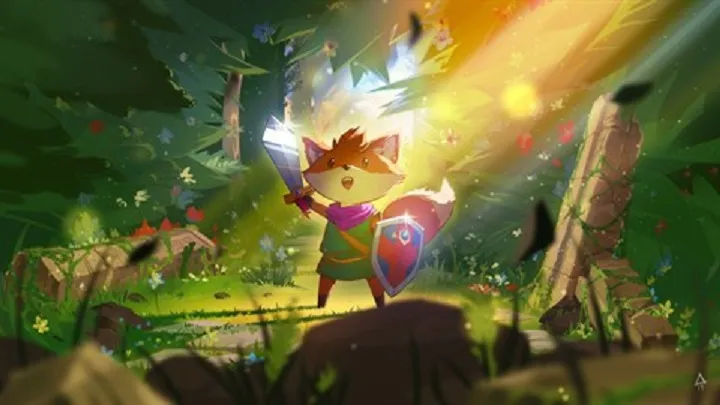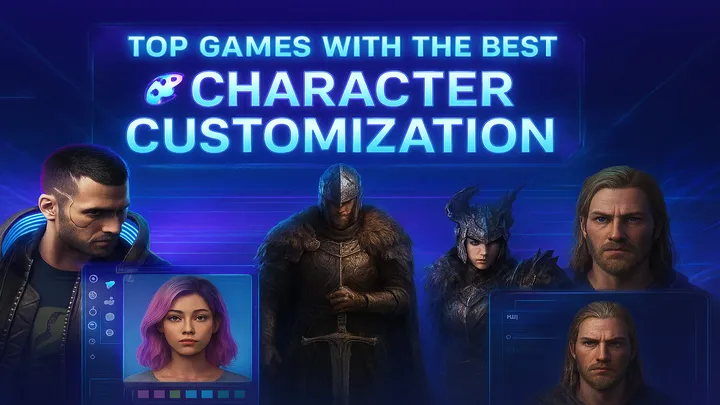Introduction
In the ever-evolving world of multiplayer gaming, few titles have captured the chaotic charm of party games like Stumble Guys. Developed by Kitka Games, it offers a vibrant platform where players engage in whimsical obstacle courses, competing against each other to become the last one standing. However, as enjoyable as the game is, it faces a significant challenge: balancing gameplay to ensure a fair and engaging experience for all players. This article delves deep into the intricacies of balance in Stumble Guys, exploring its impact on player experience, community feedback, and potential solutions.
The Nature of Multiplayer Chaos
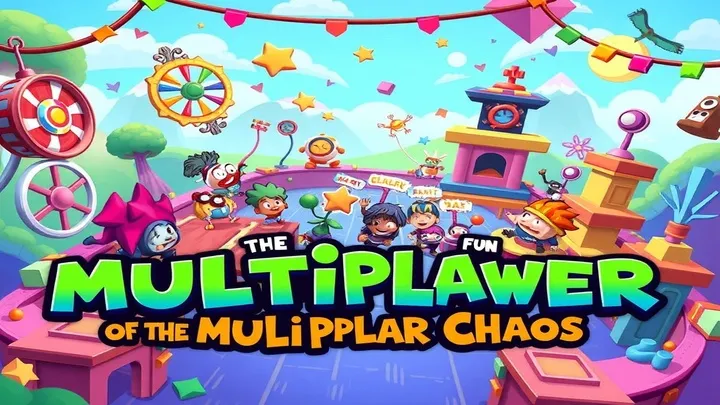
What Makes Stumble Guys Unique
Stumble Guys stands out due to its chaotic and colorful design, which draws players into a whimsical world filled with imaginative obstacles and humorous character animations. The game’s premise is simple: navigate through various maps filled with hurdles and challenges while competing against other players. The visual appeal and the light-hearted nature of the game contribute to its widespread popularity, attracting players of all ages.
The Appeal of Competitive Chaos
The competitive aspect of Stumble Guys adds another layer of excitement. Players not only race against the clock but also against each other, leading to unpredictable outcomes. This chaotic environment fosters a sense of camaraderie among players, as they share in the laughter and frustration of their experiences. However, this very chaos can also lead to imbalances that frustrate players, especially in competitive settings.
The Importance of Game Balance
Defining Game Balance
Game balance refers to the adjustments made to ensure that no player has an unfair advantage over another. In the context of Stumble Guys, this means creating a level playing field where skill and strategy can shine through, rather than luck or inherent game mechanics. Achieving this balance is crucial for maintaining player engagement and satisfaction.
The Role of Mechanics in Balance
In Stumble Guys, game mechanics play a pivotal role in determining balance. Elements such as obstacle design, character physics, and power-ups can significantly affect gameplay. For instance, an overpowered obstacle may disproportionately impact players who struggle with timing, while power-ups that are too advantageous can skew competition. Balancing these mechanics requires continuous testing and player feedback.
Community Feedback and Its Impact
The Power of Player Voices
The Stumble Guys community is vocal about their experiences and frustrations. Players often take to forums and social media to express their opinions on various aspects of the game, including balance issues. This feedback is invaluable for developers, as it provides insight into player experiences and highlights areas needing improvement.
Case Studies: Player Feedback on Specific Maps
Certain maps in Stumble Guys have garnered more criticism than others. For example, Dizzy Heights has been noted for its challenging spinning obstacles that can unfairly eliminate players. Similarly, Block Party has faced scrutiny for its design, which can lead to unexpected knockouts. Analyzing community feedback on these maps can provide developers with a clearer understanding of balance issues.
The Developer's Perspective
Responding to Community Concerns
Developers of Stumble Guys have shown a commitment to addressing player feedback. Regular updates and patches are implemented to tweak game mechanics and improve balance. This responsiveness is crucial in maintaining a healthy relationship between developers and players, fostering trust and engagement.
Challenges of Implementing Changes
However, implementing changes based on feedback is not without challenges. Developers must consider the potential impact of changes on the overall gameplay experience. A change that improves balance for one group of players may inadvertently create new imbalances for others. Striking the right balance between addressing concerns and preserving the game's charm is a delicate task.
Analyzing Specific Balance Issues
Overpowered Obstacles
One of the most significant balance issues in Stumble Guys is the presence of overpowered obstacles. Maps like See Saw and Fruit Chute often feature elements that can lead to unexpected eliminations. Players who can navigate these obstacles with ease may find themselves at a significant advantage over those who struggle, leading to a frustrating experience for less skilled players.
Power-Up Imbalances
Power-ups are designed to enhance gameplay, but they can also disrupt balance. In Stumble Guys, certain power-ups may provide excessive advantages, allowing players to bypass challenges or gain speed that others cannot match. Analyzing the effectiveness of power-ups and adjusting their impact on gameplay is crucial for maintaining balance.
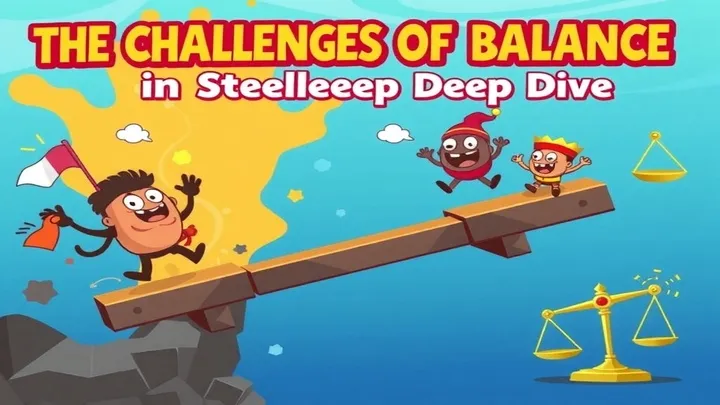
The Role of Skill vs. Luck
The Balance Between Skill and Randomness
In a game like Stumble Guys, the interplay between skill and luck is a defining feature. While skilled players can navigate obstacles with precision, random elements can significantly impact outcomes. Balancing these aspects is crucial for ensuring that skill remains a determining factor in success.
Player Perceptions of Luck
Players often express frustration when they feel that luck trumps skill. This perception can lead to disillusionment with the game, as players may feel their efforts are undermined by random chance. Developers must work to create a system where skill is rewarded, while still incorporating elements of unpredictability that keep the game exciting.
Future Directions for Balance
Ongoing Testing and Iteration
To address balance issues, ongoing testing and iteration are essential. Developers need to continuously monitor player feedback and gameplay data to identify problem areas. This data-driven approach can help in making informed decisions about necessary adjustments.
Engaging the Community in the Process
Engaging the community in the balancing process can lead to more effective solutions. By involving players in testing new mechanics or maps, developers can gain firsthand insight into how changes impact gameplay. This collaborative approach fosters a sense of ownership among players and encourages a more invested community.
Conclusion
The challenge of balancing gameplay in Stumble Guys is a multifaceted issue that requires careful consideration from developers. By actively engaging with the community, analyzing feedback, and continuously iterating on game mechanics, developers can create a more balanced and enjoyable experience for all players. As Stumble Guys continues to evolve, maintaining this balance will be key to its success and longevity in the competitive gaming landscape.
